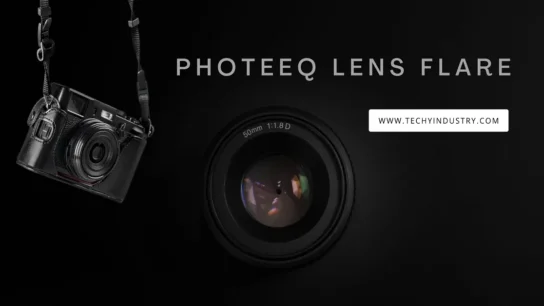We live in a world of instant everything. Messages fly across the globe in milliseconds, meetings happen in pixels, and celebrations are announced with emojis and scheduled with DMs. On the surface, it all works. It’s fast, efficient, convenient. But here’s what nobody really says out loud: a lot of it feels hollow.
People don’t remember a thumbs-up reaction or a calendar alert. They remember effort. Something real. A pause. A detail. That’s why, even now—especially now—the things that slow you down a bit, the things that require you to care a little more, are the ones that cut through the noise.
It’s not about nostalgia. It’s about impact.
When someone gets something made just for them—designed, printed, chosen with purpose—it hits different. It tells a story that doesn’t evaporate once it’s read. It lingers. It feels like someone showed up, fully and intentionally, even if they weren’t standing in the same room.
This shift isn’t loud. You won’t see it trending in hashtags or going viral on short-form videos. But it’s happening. In homes, in circles of friends, in creative communities. A quiet return to intentionality. To making things you can hold. And to recognizing that small, tactile moments often leave the biggest impression.
It’s why people are handwriting notes again, even if they’re just a sentence long. It’s why photographers are sending printed copies instead of just WeTransfer links. It’s why some of the most meaningful events—weddings, birthdays, gallery shows, even backyard dinners—start not with a group chat, but with a piece of paper.
There’s just something about receiving something physical that says, you were thought of. Not mass-messaged. Not tagged in a post. Thought of. The design, the colors, the words—picked for you, not everyone.
This kind of thoughtfulness doesn’t have to be extravagant. In fact, it works better when it’s not. A simple design that reflects a personality. A print that captures the vibe of the event before it even happens. A tone that’s casual, but carefully chosen. These aren’t big gestures. They’re precise ones.
And these precise details matter. They define the atmosphere before the first drink is poured or the music starts. A beautiful printed invitation on your fridge does more than remind you of a date. It builds anticipation. It makes an event feel real before it even begins.
That’s why more people—designers, planners, creatives, or just detail-loving humans—are choosing to print custom invitations instead of relying on the usual quick digital options. It’s not about doing things “the old-fashioned way.” It’s about doing them deliberately. And in a world where fast and forgettable is the norm, deliberate is disruptive.
Because when you receive something tactile, you treat it differently. You read it more closely. You maybe even keep it. It’s not just a line in your inbox—it becomes part of your space. And later, part of your memory.
You don’t need to be a designer to create something that feels intentional. You just need to care about the impression it leaves. Maybe it’s a save-the-date with a little personality. Maybe it’s a dinner invite with a custom color scheme. Maybe it’s something goofy, or poetic, or somewhere in between.
What matters is that it reflects a human voice. One that doesn’t get filtered through three apps or shortened to fit a social caption. Real language, printed on real paper, handed or mailed with actual care. That doesn’t just land—it resonates.
We’ve all been trained to accept the minimum: generic messages, copied invites, links that open to templates. And we’ve all learned how easy it is to ignore them. But something changes when the delivery is physical. It makes it harder to scroll past. Harder to forget. That’s the power of effort—it’s memorable.
Even businesses and creators are catching on. Events that feel curated start long before the event itself. The invitation is part of the experience. Whether you’re hosting a product launch, a creative workshop, or an underground art show, the way you invite people sets the tone. A thoughtful print isn’t just a formality—it’s part of the storytelling.
It shows that you didn’t just plan an event. You crafted it. You made space, not just for bodies in a room, but for meaning. And that kind of attention is contagious. It tells your audience: you matter. This is real. Let’s show up for it.
At a time when our inboxes are overflowing and our calendars look like digital Tetris, people crave moments that feel like they belong to them. That’s why even the smallest tactile gesture can spark something bigger. It’s not just about the paper or the ink. It’s about the message behind it: “I slowed down for this. For you.”
And slowing down doesn’t mean losing efficiency. It just means choosing what deserves more intention. The big event? Yes. The celebration of a new beginning? Definitely. The art opening, the baby shower, the album release? All moments where presence matters more than reach.
So, whether you’re planning something grand or intimate, public or personal, don’t underestimate the first impression. The invite is more than an announcement. It’s a signal. A vibe check. A way of saying, “This is different. You’ll want to remember it.”
And when that invite is something you can feel—not just click—that’s when memory kicks in. That’s when people start to care before they even show up.
Because sometimes, the quietest gestures are the ones that echo the longest.


